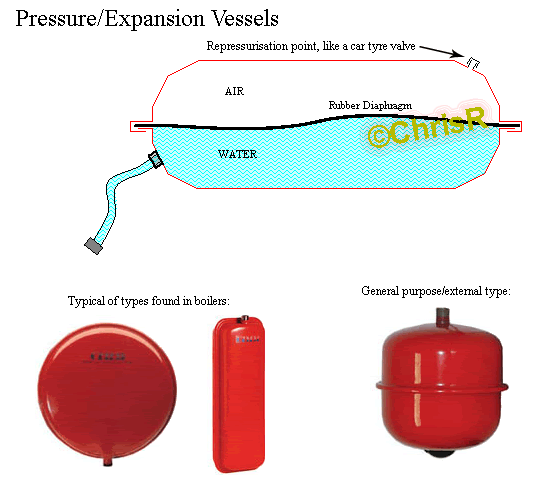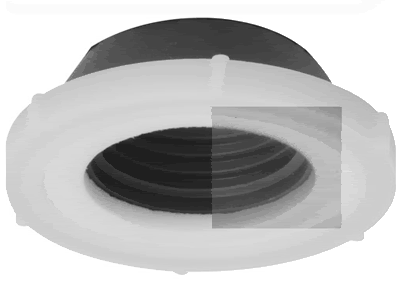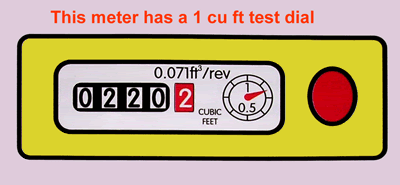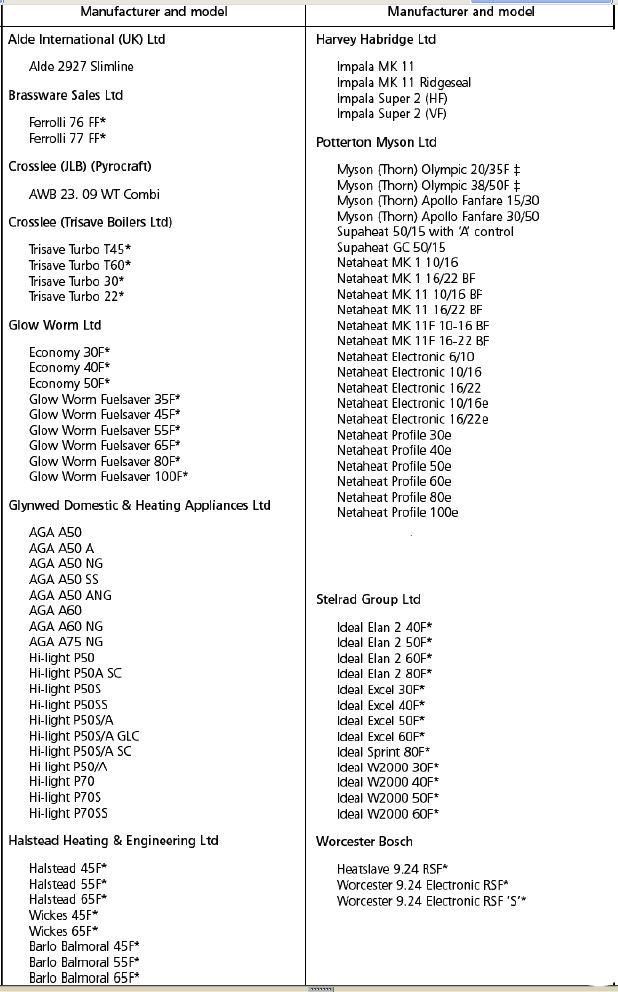9) Gas Safe Register
From April 1st 2009 CORGI will no longer hold the register for qualified gas installers.
The new body is called the "Gas Safe Register"
http://www.gassaferegister.co.uk/
Other than the change of name, particularly from the consumer point of view, the role is the same as Corgi's.
The Corgi name, unfortunately, doesn't belong to the government so a company called Corgi will continue to exist. That may, or may not, be of use to gas installers but will be of no particular relevance to consumers.
For the time being, the same requirements will exist for people wishing to become Gas Installers. It will continue to be through the ACS system.
The current scheme is outlined below:
Gas Services Installation and Maintenance ACS aligned N/SVQ
This method of certification is awarded by City and Guilds and has a scheme number of 6012; this is currently the only N/SVQ that has been aligned to the ACS scheme and is accepted by both GSR and the Health and Safety Executive (HSE).
This scheme is for the installation and maintenance of natural gas appliances & equipment and Emergency Service Operations.
The N/SVQ certification is valid for GSR Registration purposes for a period of five years from the date the certificate is issued and allows the operative to access and take the required ACS re-assessment due at that time.
Entry Routes for Operatives seeking ACS Certification
Prior to assessment every certification body has to ensure that each candidate provides accurate information relating to any gas industry experience and/or qualifications held.
During the processing period each candidate, depending upon their experience/qualification(s) held is allocated into one of three categories, these are -
Category One
Experienced gas-fitting operatives from within or outside of the United Kingdom who are:
seeking to renew expired or expiring certificates of gas safety competence i.e. HSC, ACoP, ACS or Gas Services N/SVQ's
seeking assessment and certification to extend their range of gas work;
foreign nationals seeking to obtain certificates of gas safety competence that will allow them to meet United Kingdom gas work requirements. Operatives in this category need to provide evidence of their gas fitting qualifications and experience and all information needs to be translated into English, where appropriate.
Category Two
Candidates have to provide evidence that qualifications are held which are relevant to the area(s) of gas work where they are seeking to acquire certification. These qualifications must show that competence has been achieved in the generic work activities associated with fossil fuelled appliances/equipment and/or pipe work installation, including any of the following work activities, flueing or ventilation or the installation, maintenance or commissioning of such appliances.
Examples of appropriate qualifications include:
- Plumbing craft qualification or N/SVQ (oil and/or solid fuel options) - suitable initially for domestic or commercial central, water heating or pipe work installation.
Pipe Fitter/Welder craft qualification or N/SVQ - suitable initially for commercial pipe work, pipe work commissioning and meter installation.
Heating and Ventilation craft qualification or N/SVQ - suitable initially for commercial pipe work and appliance installation.
Refrigeration Engineer/Fitter craft qualification or N/SVQ - suitable initially for commercial appliance and pipe work installation.
In addition to appropriate qualifications candidates need to provide written evidence confirming that "on the job" gas installation and/or maintenance training has been undertaken and that any experience of gas work gained has been carried out under the direct supervision of a competent operative, employed by a GSR registered company. Such written evidence will need to be provided from the employer and detail precisely the areas of gas work undertaken.
Category Three
These candidates are new entrants into the gas industry and are unable to provide details of relevant qualifications and/or experience. These will be individuals who are classed as entering the industry for the first time, or changing career direction.
Candidates in this category should be advised to seek training and experience that will result in the attainment of a National/Scottish Vocational Qualification (N/SVQ) in Gas Services, Installation and Maintenance at Level 2 or 3, or obtain employment with a GSR registered business who is willing to provide an auditable extended period of company "in house" gas training programme together with the necessary organisational support prior to undertaking ACS assessment.
The duration and content of the training programme will be determined by the scope of gas work being undertaken. Evidence in the form of a portfolio following completion of such training must be presented to the assessment centre before a candidate can undertake assessments.
Alternatively an N/SVQ within the Mechanical Engineering Sector with related on the job gas training and experience in the intended areas of gas work to be carried out will also support a future application.
Application for GSR Registration
It is important to note that prior to applying for GSR registration, you or your gas operative must be in possession of valid certificate(s) of gas safety competence for the categories of gas work in which you will be working.
If certificates of competence are not in place GSR will be unable to process the application. Once you have passed your assessments, you can apply for an application pack from GSR. After applying for registration, providing you meet the necessary requirements, a GSR Inspector will carry out a Pre-registration assessment visit. On completion of the pre-registration process, GSR decides whether your application will be accepted or not.
GSR registration is valid for a year from April through to March. All registered installers necessarily renew their registration in March. GSR sends out notification.
=====================
This post may need updating
=====================









